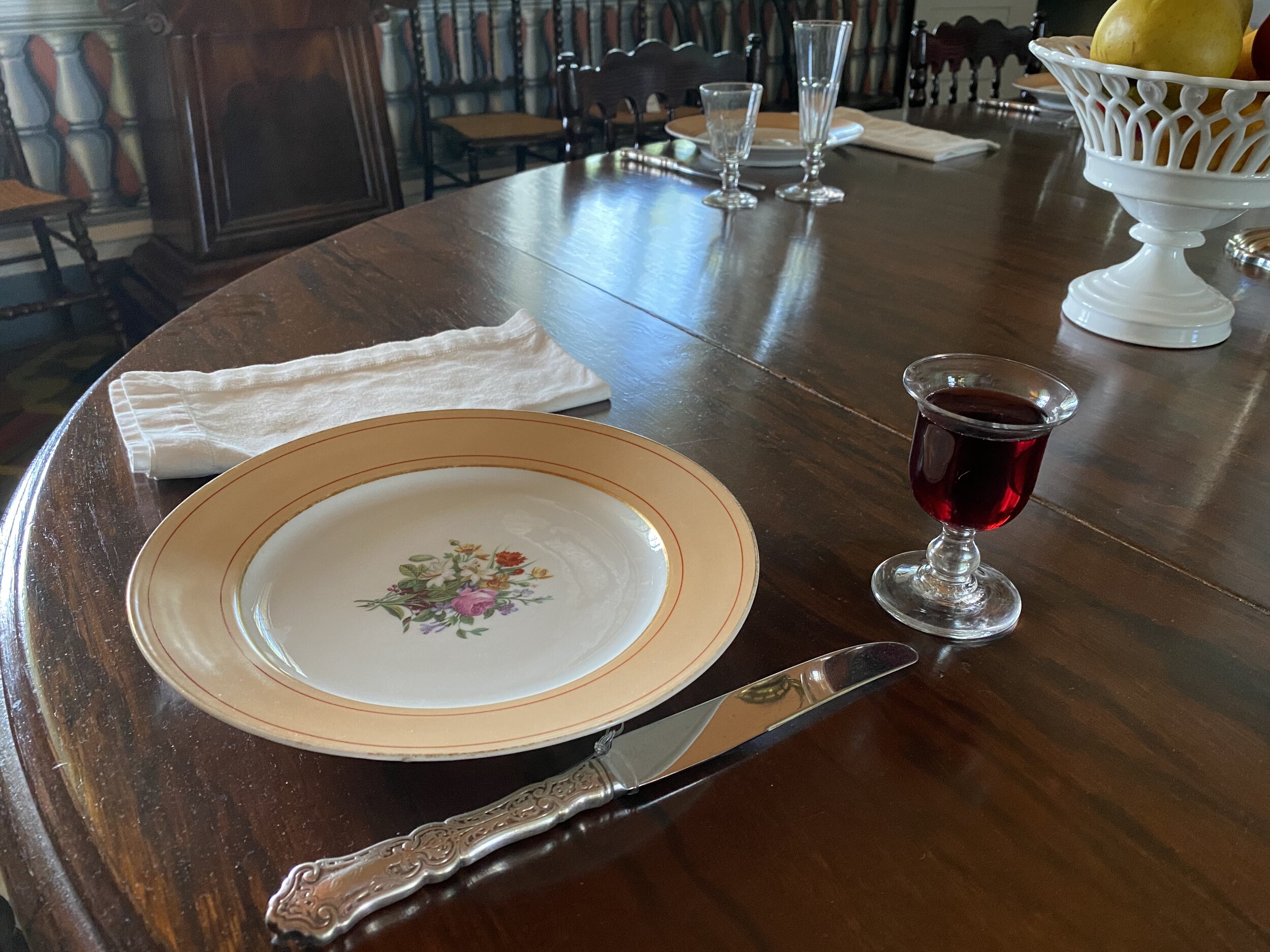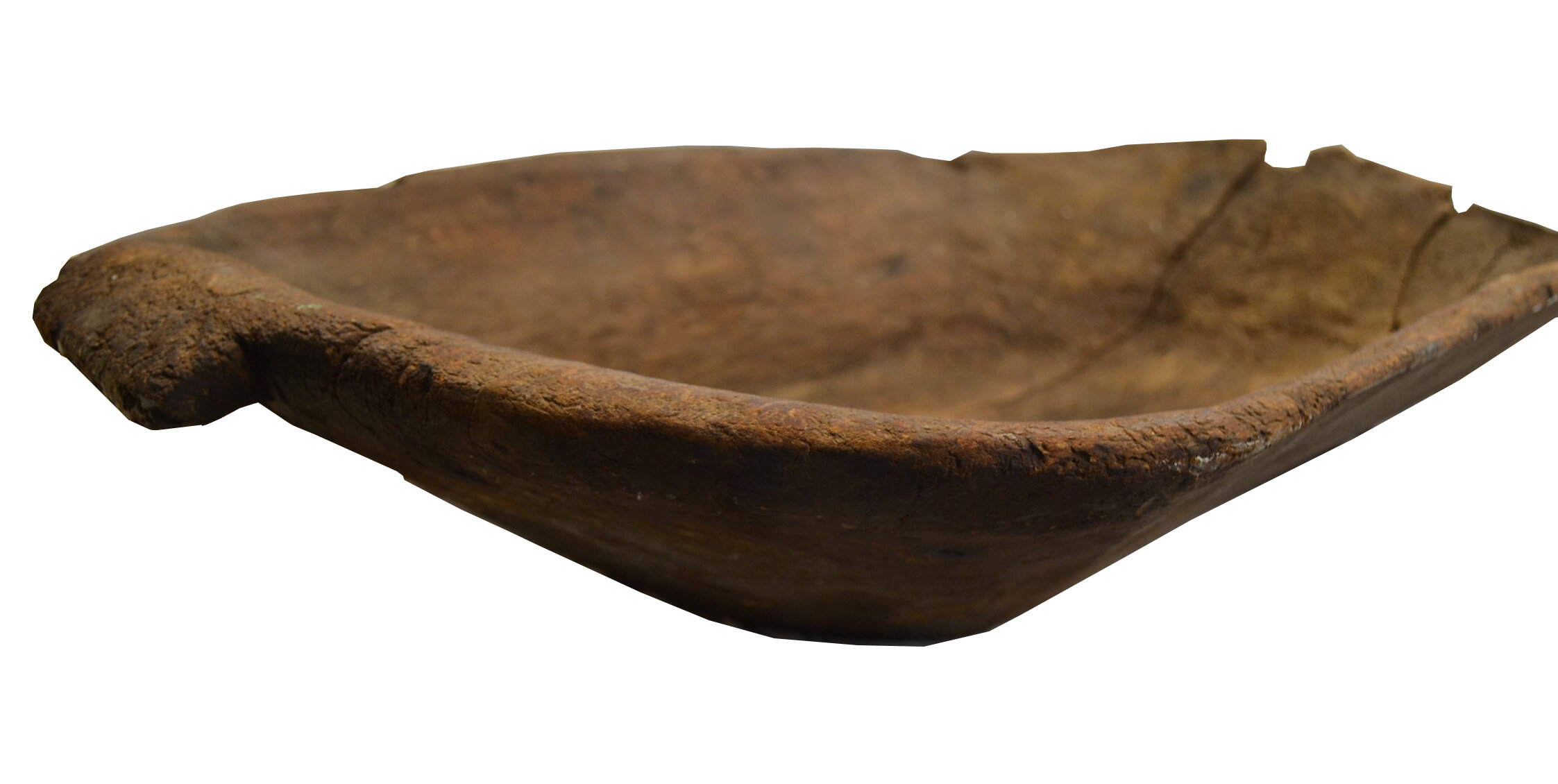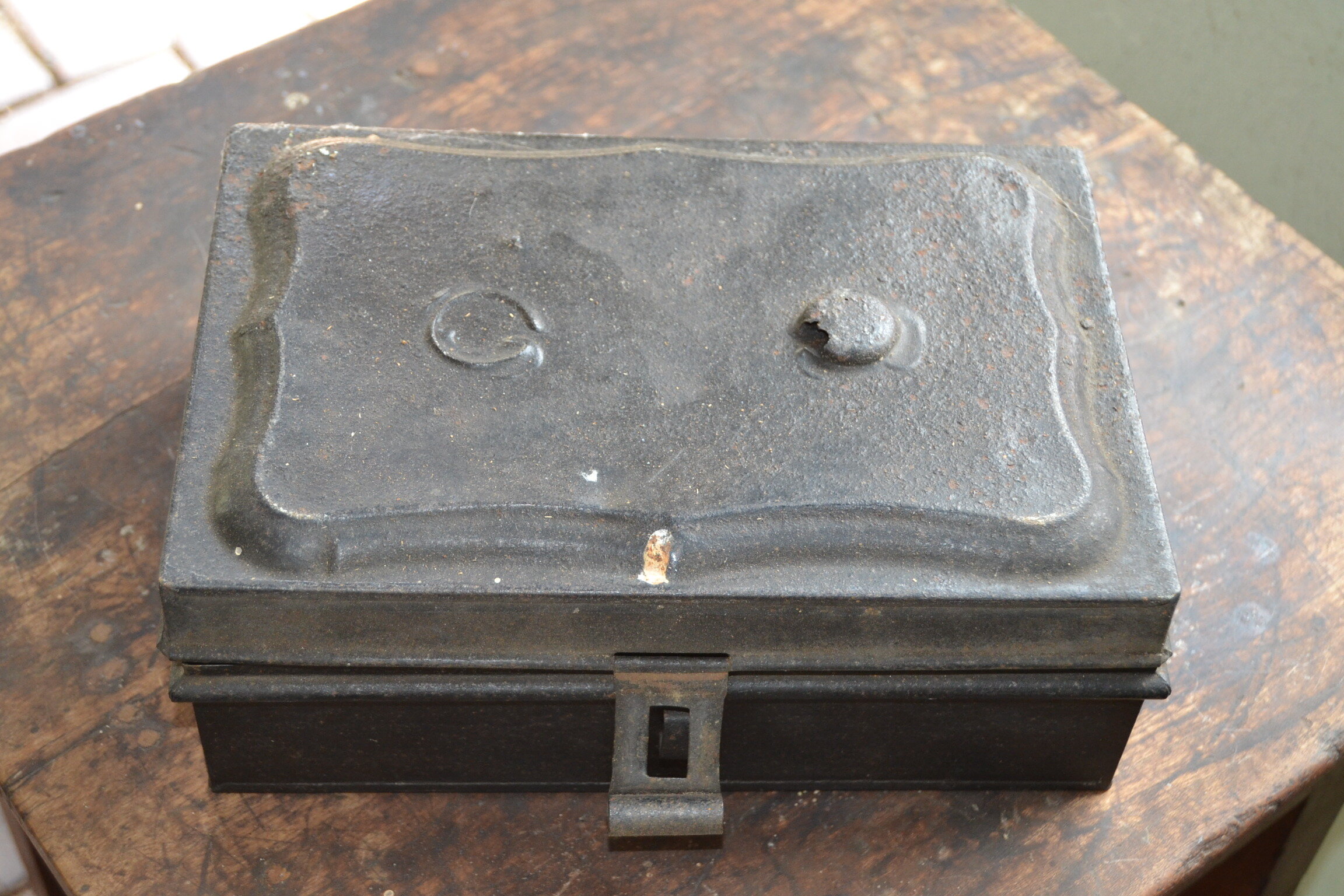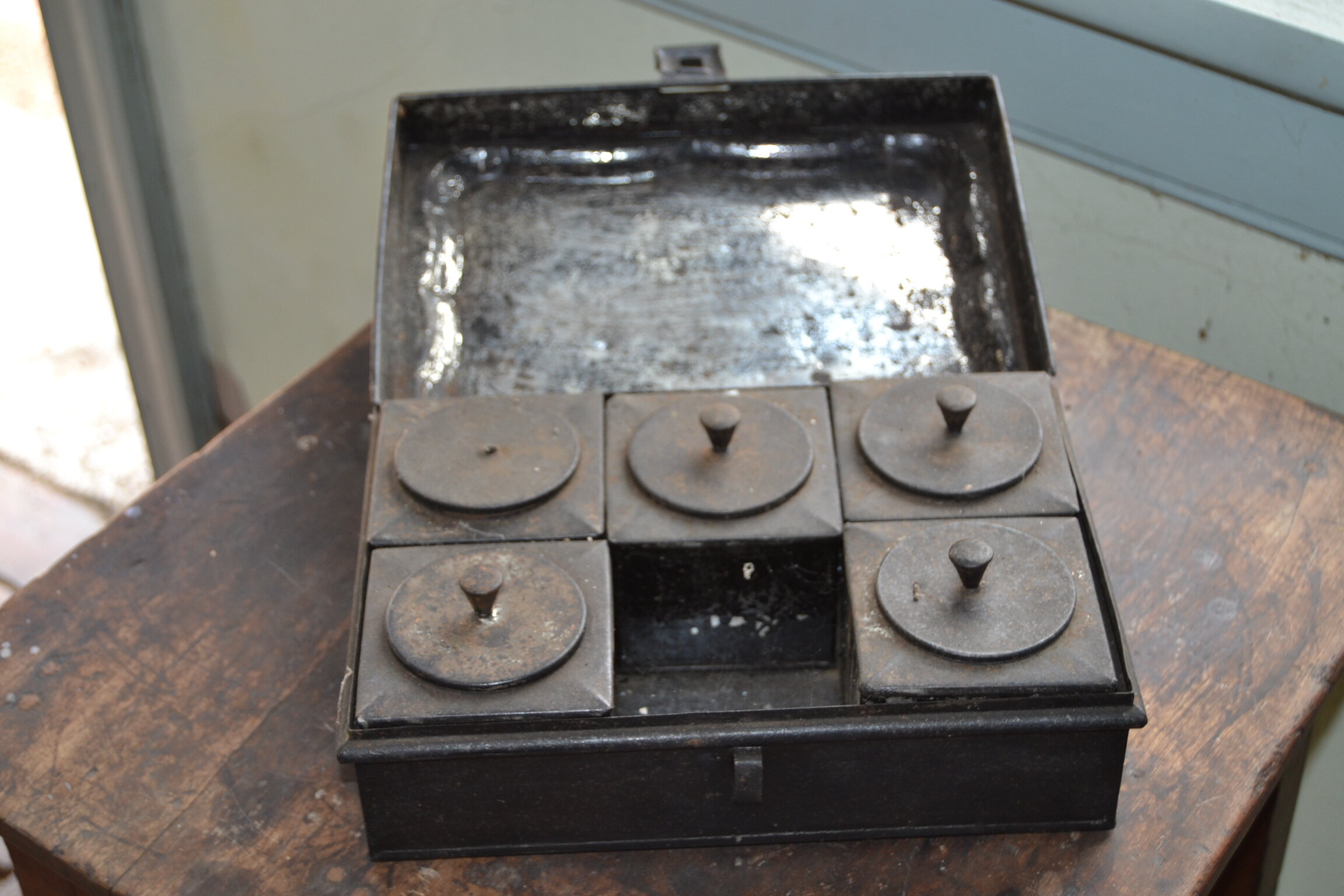A Taste of History: A Peek at 19th Century Food
Food culture sits securely as a pillar of modern society. Everywhere you turn, some sort of edible treat is nearby. Events are planned around food. Snacks sit in prominent locations at home, in the office, and tempting you as you check out at the grocery store. Most people can grab a drink or snack from their pantry, or if they are out, they can swing through the drive-thru and grab something. Life in the 19th century offered few such opportunities. Easy access to food was often defined by one’s social status. In this region, the wealthier someone was, the more likely they were to have slaves cooking food for them. Before the Civil War, both the Carter and McGavock families owned slaves. The enslaved women and men who worked in the kitchens at both homes prepared, cooked, and served the meals to these wealthy families.
The preparation and cooking of food in the mid-19th century was a long, slow process. Many hands were involved in planting seeds, tending gardens and crops, harvesting, preserving, storing, preparing, cooking, and serving food.
It was critical that gardens provided the needed food for families in the 19th century. Limited quantities of food stuffs were available for purchase at a store. Whatever could be grown and preserved for future use was crucial. How a family ate in the winter months depended upon how good the crops were and how much was stored from the harvest.
Many hours a day would be spent in the kitchen preparing all aspects of every meal. While one thing was baking, another would need to be in the preparation stages. The kitchens and adjoining yards at the Carter House and Carnton were very busy. The 19th century cook was described as needing to have good “sight, smell, taste, and hearing,” so that she could manage all the pans at many different stages in the kitchen at one time. (At Home, page 99)
Learn more about some of the plants currently growing in the Carnton garden by clicking the form below:
Just like today, kitchens in the 19th century were filled with a variety of tools and supplies: some for storage, preparation, and service.
Late 18th Century dough trough from the Smyrna, TN area. Dough bowls, or troughs, like this were used to allow dough to rise before baking. Abnormally large, this example must have been in use for a large family or farm.
Biscuit block with limestone top and wooden cabinet beneath. The Carter family and their enslaved cooks used this biscuit rock to allow dough to set and rise, and also as a smooth, cool surface upon which to prepare and cut various pastries.
Painted tin toleware spice spice box with small containers within. Tin storage containers like this were used for dried herbs and spices. Sealing out humid air and pests was vital in an outdoor kitchen.
1830s sugar chest with three interior compartments from Williamson County, TN. Sugar was expensive and a highly prized ingredient in the early 19th century. Sugar chests like this, often found in Tennessee and Kentucky, were used to lock up the sweeteners. The divided interior allowed the chest to store brown, white, and cone sugars.
Olive spoon on the left, asparagus fork on the right. These silver serving pieces from New Orleans were custom engraved for Carrie McGavock with her monogram “CWMcG,” but in all likelihood they were cleaned and polished by the enslaved laborers
Recipes:
Hot Water Hoecakes: Carter Family Recipe
1 cup white cornmeal
1 tsp flour
1/2 tsp salt
1 cup boiling water
4-5 tablespoons shortening, reserved
Mix dry ingredients in heatproof bowl. Pour boiling water over dry ingredients and stir well to prevent lumps. Batter may be thinned slightly with about 3 tablespoons sweet milk. To cook, heat the shortening in a skillet (preferably cast iron). Drop batter by the tablespoon into the hot grease. Bacon drippings may be used in lieu of shortening for more flavor. After a few minutes, turn hoecakes over and flatten by pressing the cooked side. Allow to cook from 10-12 minutes or until they are golden brown.
Pork Barbeque: Freddie Lee Carter Recipe
Freddie Lee was the son of Oscar Carter, an enslaved man once owned by Fountain Branch Carter.
Use a pork roast, shoulder, or Boston butt. Roast uncovered in a 225-degree oven for 6-10 hours depending on the weight and size of the roast. Internal temperature should reach at least 185 degrees. Baste the meat with the sauce every 20 minutes or so until it is done. If you stick a 2-tined fork in it and twist, the meat will separate easily when it is done.
The Basting sauce:
2 cups apple cider vinegar
1 teaspoon ground black pepper
2 teaspoons salt
¼ teaspoon red pepper
2 teaspoons white sugar
2 teaspoons Worcestershire sauce
Put all ingredients into a pot and bring them to a boil. The sauce is ready to use.
McGavock Chow Chow on original Carnton dining table
Chow-Chow: McGavock family recipe
This recipe was submitted by Carrie McGavock for inclusion in the Tennessee Model Household Guide in 1897.
2 pecks green cucumbers
½ peck green tomatoes
1-pint green peppers
½ peck onions
1-ounce celery seed
1-ounce white mustard seed
1-ounce turmeric
1-ounce whole cloves
3 tablespoons ground mustard
Grated horseradish and black pepper to taste
2 pounds brown sugar
Slice or shop vegetables fine, salt well, and hang in a thin cloth to drip in eve. Next morning scald in weak vinegar, then squeeze, dry, and add strong vinegar.
Recipe for Orange Pudding from the Carter Family Papers
Sept. 17, 1871 Nashville Union and American. Newspaper clipping lists the winners from the fair. Susannah Carter and Joanna Lytle were sisters who were once owned by members of the McGavock family.















